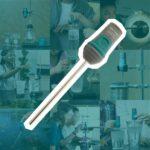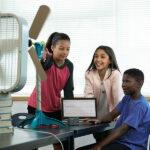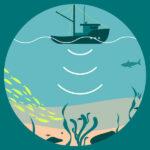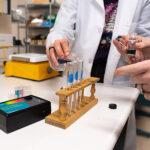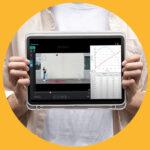
Sharing ideas and inspiration for engagement, inclusion, and excellence in STEM
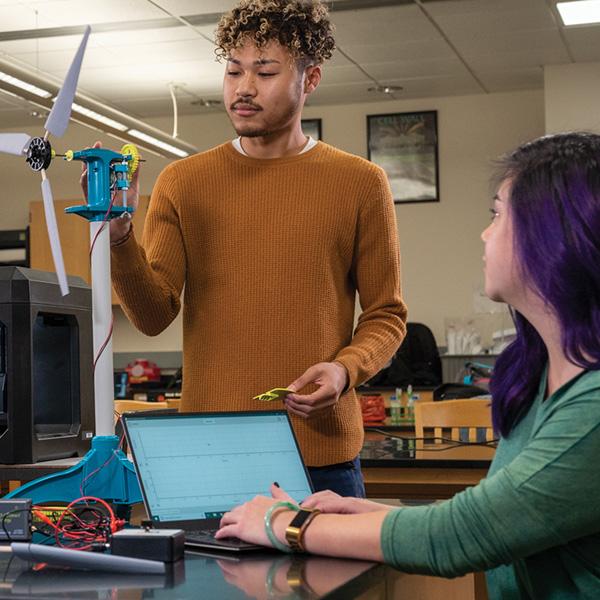

Maija Benitz, Assistant Professor of Engineering at Roger Williams University (RWU), has just deployed 29 upper-level engineering students, along with 57 wind turbine kits, to 11 classrooms to coach 232 fourth graders as they design wind turbine blades from cups, coffee filters, cereal boxes, toilet paper rolls, and straws.
In a few months, the wind turbine kits will be back at the university being used by first-year engineering majors in the Introduction to Engineering course to investigate concepts in civil, mechanical, and electrical engineering.
Benitz first used the Vernier wind turbine kits with fourth graders after hearing from the local school district about a pressing need to integrate engineering into the elementary classroom. Benitz formed an interdisciplinary collaboration with Dr. Li-Ling Yang, Associate Professor of Science Education, to design a community engagement project in which upper-level engineering majors paired with sophomore-level education majors to teach local fourth graders about wind energy.
During five hands-on lessons, the fourth graders learn to design, build, and test model-scale wind turbine blades under the guidance of RWU students. The project culminates in a day-long celebration event on the university campus, in which all the fourth graders go to RWU’s campus to test their wind turbines in a wind tunnel.
“This project is about more than just supporting the need for engineering education in local classrooms,” Benitz said. “It deepens our RWU students’ learning through experiential, hands-on community engagement.”
Benitz realized she could use the same wind turbine kits in RWU’s Introduction to Engineering course to introduce the engineering design cycle, working in teams, the documentation process, and fabrication. In addition, students could explore concepts related to civil, mechanical, and electrical engineering.
The course is split into three phases. In phase 1, the engineering students focus on project management and team building. In phase 2, the students are told to remove their Vernier Tower and Base Set that comes with the wind turbine kits, and are then challenged to design, build, and test their own support structure (tower) given a set of criteria, materials, and constraints. This phase has a focus on the design process and civil engineering concepts. In the final phase, phase 3, the students learn to use the machine shop, SolidWorks, and Vernier data-collection technology, with a focus on mechanical and electrical engineering concepts. The goal of this phase is to design and build blades to extract the maximum amount of energy from the wind. A Vernier Energy Sensor, Vernier Anemometer, and Vernier Photogate are used to measure power, wind speed, and turbine rotation rate.
Students of all ages find the topics of wind energy and sustainability engaging and relevant. These topics, combined with Vernier sensors and equipment, can be used to introduce the engineering design process to fourth graders or to introduce engineering concepts and the design process to university-level engineering students.
Share this Article
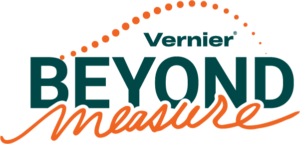
Sign up for our newsletter
Stay in the loop! Beyond Measure delivers monthly updates on the latest news, ideas, and STEM resources from Vernier.

